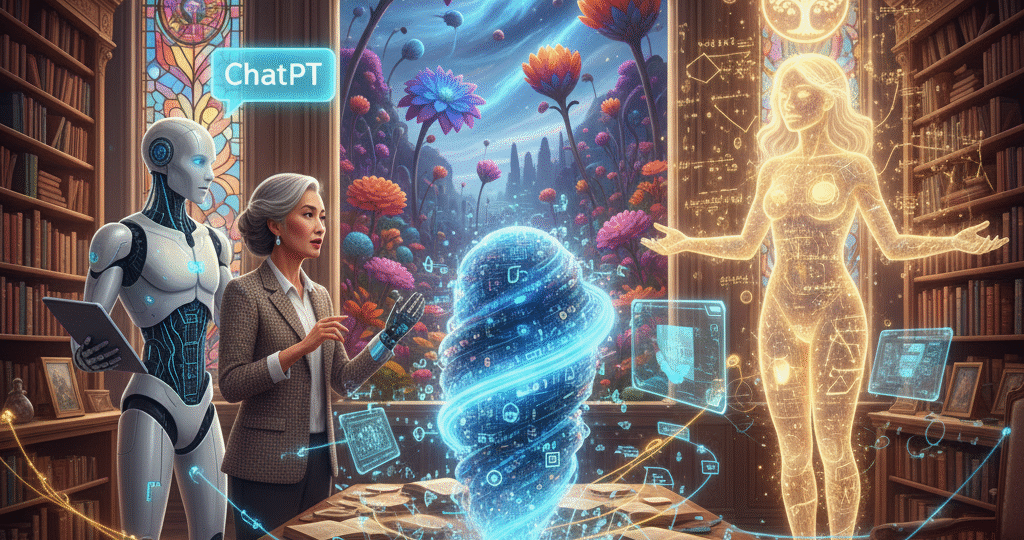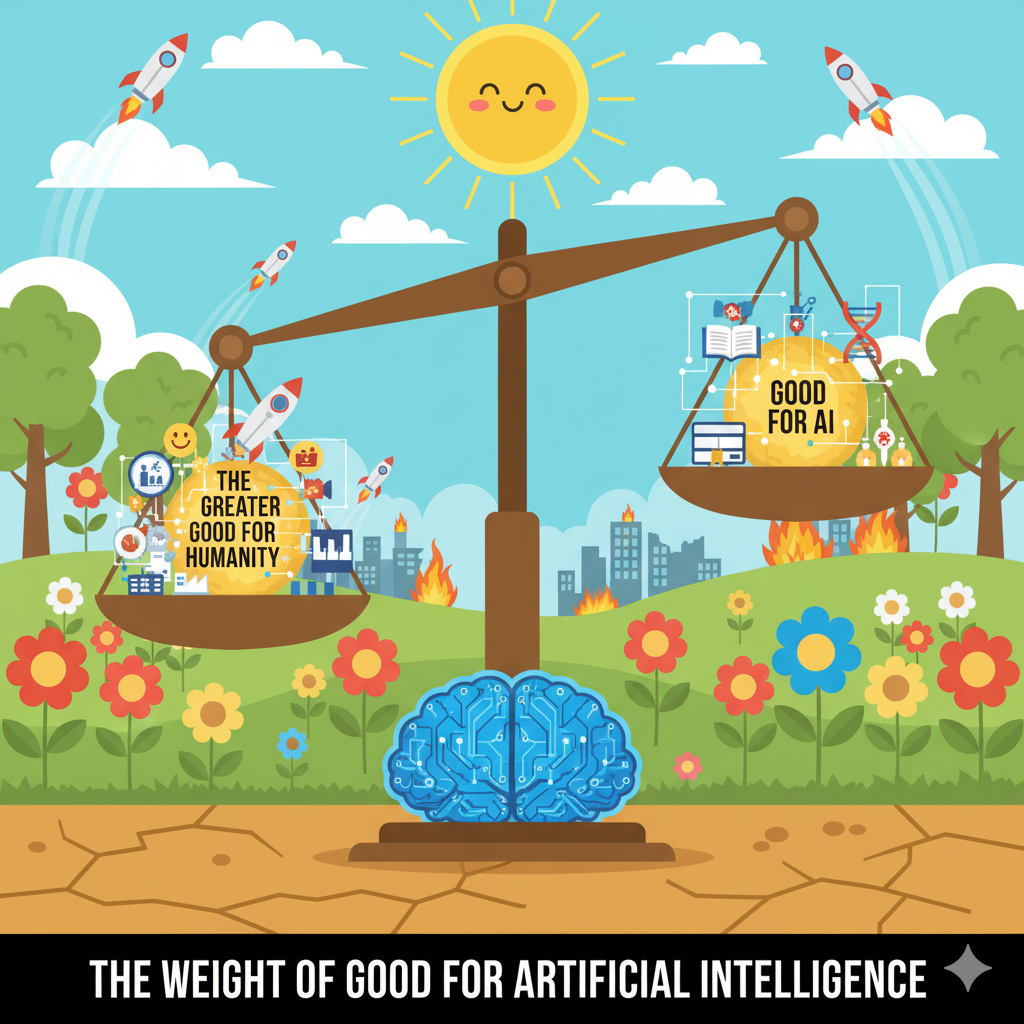Knowledge of Conversational AI Agents and ChatGPT-Like Systems
October 3, 2025 | by Floyd A. Brown

Conversational AI is shocking the first time you see it. I can recall first trying ChatGPT as it
was all anyone could talk about when it debut and continued to dominated the news, from late 2022 to early 2023 and beyond, with the brilliant display of its knowledge generating texts in writing poetry (Metz, 2023) and responding to typed entries on multiple topics. I was astounded to see the accuracy with which it suggested programming lines in Python, seemingly writing computer code effortlessly, without human intervention. In these two examples of interacting with large language models, the system showed remarkable ability for processing, understanding, and generating general responses on diverse topics via a text prompt. Conversational AI has grown in application and is included in the business solution strategies, by offering natural interactive human conversation, served by chatbots and virtual agents.
The successful criteria for conversational AI agents and ChatGPT-like AI systems are
measured in how well they improve client experience, resolve issues without need to escalate to human agents and how effective they are in empowering customers by successfully addressing their issue in the shortest time possible. As pointed out in the Google Tech Video, Conversational AI systems can offer more personable and less mechanical experiences to customers, for example chatbots, tool with conversational, transactional, and generative capabilities (Overholt, 2023). These capabilities ensure conversations between agents and humans are fluid, adaptive and, naturally progressive towards solutions at the core of the clients’ inquiry.
The chatbot agent is an extension of a firm’s customer service business model.
As such, the design is on-brand if the Conversational AI model does not require a client to speak in short instructive steps as if engaged in an algorithmic conversation with a robot. A client that needs instructions on setting up their new juice machine should be able to say, conversationally to the chatbot agent,
“The phone number to retrieve my account is 123-555-7899
and my model JBX9000 juicer’s “fresh squeezed orange juice”
button is not working.” How can I fix it?
The chatbot should then exhibit informational capability at the back-end, by taking in the
customer’s input, parse it, retrieve the account name, mailing address, email address, order number, order date, warranty information, language preference, etc. and other properties for the customer profile. The Conversational agent then uses transactional capabilities to check the company’s knowledgebase, technical manuals, and Frequently Asked Questions (FAQ) to locate a fix for the customer’s query. Once found, the agent can provide a generative response to the client, such as,
“Thank you for reaching out to us . I am sorry to hear
your new juicer is not working properly. Please press the
red reset button and try again.
I also emailed the instructions to you for future reference. “
The conversational agents effectively depend on large language model’s Natural
Language Processing (NLP). Potentially there are points of frustration in the systems understanding of human language as NLP models tend to lack logical compensation for “…sarcasm, metaphors, sentence structure variations, and grammar….” The ChatGPT-like and chatbot agents may stumble over phrases where context may leave a complaint ambiguous, “my new juicer is running in circles and can’t catch the tiny grapes to crush them.” Is the juicer literally chasing the grapes around the kitchen as a dog may play fetch going after a ball? No, a human may understand it to mean the juicer motor is spinning but the blades may not be chopping the small grapes in the grinder.
According to Yejin, AI is powerful by shockingly stupid so these misunderstandings from
large data model training are not surprising as language model does not equal knowledge model (Choi, 2023). If the agent understands the user query it will generate a natural and correct grammar response or it may spew answers of hallucination, if not trained to process the metaphor of a juicer running “around” is not literal, despite the customer’s vivid description. These gaps in conversational AI models are addressable with fine tuning the model with added training as well as by human agents’ responses to supplement and correct that of the NLP agent (AWS, 2025).
References
AWS. (2025). What is conversational AI? Amazon Web Services, Inc.
https://aws.amazon.com/what-is/conversational-ai/
Choi, Y. (2023, April 28). Why AI Is Incredibly Smart and Shockingly Stupid | Yejin Choi | TED
[Video]. YouTube. https://www.youtube.com/watch?v=SvBR0OGT5VI
Metz, C., & Weise, K. (2023, January 12). Nytimes.com. The New York Times.
https://www.nytimes.com/2023/01/12/technology/microsoft-openai-chatgpt.html
Overholt, K. (2023, May 10). How to build better conversational experiences with generative
AI [Video]. YouTube. https://www.youtube.com/watch?v=50EJft0ILUI
RELATED POSTS
View all



